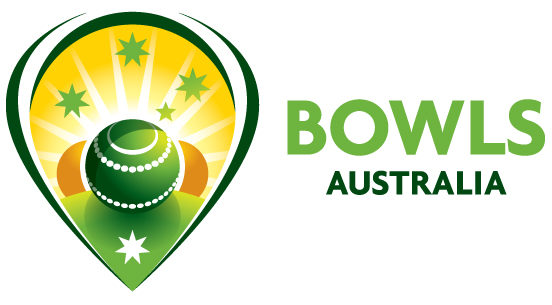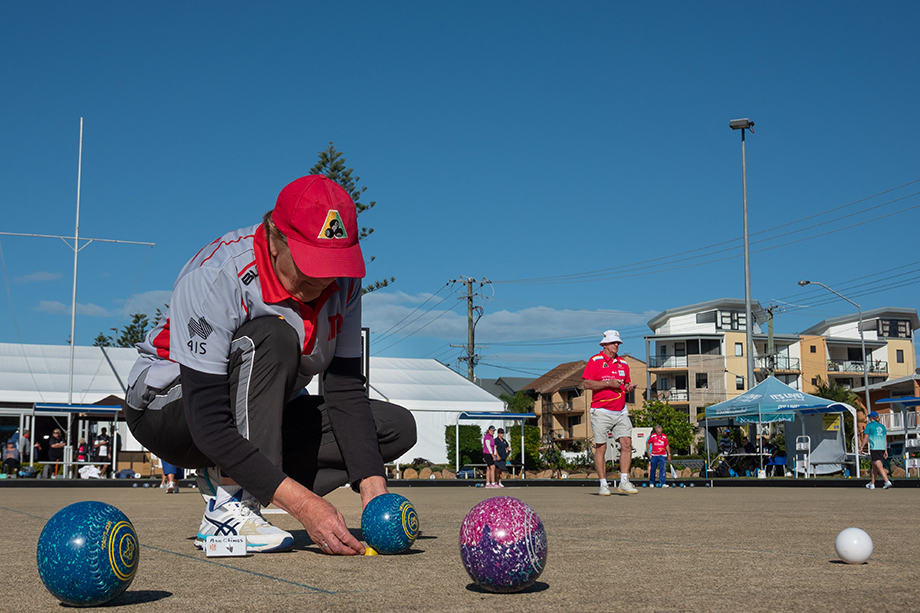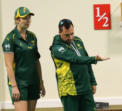Laws of the sport of Bowls – Crystal Mark 4th edition
A new 4th edition of the Laws of the Sport of Bowls came into effect today (April 1, 2023). Bowls Australia’s National Officiating Advisory Group Chair, John Roberts, has provided a comprehensive analysis of the changes that have occurred and outlined everything that’s new in the latest Laws of the Sport.
After every Commonwealth Games, the World Bowls Laws Committee (WBLC) meets with Member Nation Authorities (MNAs) to have any proposed changes to the Laws of the Sport ratified. Any new proposed Laws or other suggested changes are prepared prior to the meeting from submissions by MNAs. This process did not occur after the last two Commonwealth Games, however there were minor changes made to the Crystal Mark (CM) 3 edition, which became CM 3.1 and CM 3.2.
Bowls Australia’s (BA) National Officiating Advisory Group (NOAG) prepared a significant submission to the WBLC in 2021, which prompted the review of the Laws of the Sport. After Birmingham 2022 Commonwealth Games, the WBLC sought ratification of the latest edition of the Laws of The Sport, namely CM4.
WBLC deemed that from April 1, 2023, all bowls events will operate under the guidance of CM4. Commonsense would suggest that any events starting prior to the date which carries over past April 1 operates under the prior versions, namely CM3.1 or CM3.2.
Bowls Australia is empowered to make Domestic Regulations (DRs) regarding certain Laws. World Bowls must approve any country’s submission of proposed DRs before it can be included in the MNA’s Law book. WBLC by-Law 57 allows MNAs to regulate its own DRs – but the Laws are stipulated as to what DRs can cover. Many countries do not have their own domestic regulations and simply adapt the Laws of the Sport as produced by World Bowls.
We ask all officials to check the BA domestic regulations (DRs) and the Index before resolving a dispute involving the Laws.
There are some 60 changes within the CM4, but fortunately many are grammatical, or adjustments to definitions with only 10 new Laws. So, most of the changes will not have considerable affect on the playing of the sport. However, there are two new Laws that certainly will have significant bearing, Laws 37.1.5.3 and 37.1.3, with additional details provided further in this article.
What are the new changes?
- The Markers duties now includes checking that the mat is placed on the centreline of the rink (Law 42.2.1).
- The definition of measuring has been relocated from Law 23.3 to definition C.21.
- Rinks of play have been amended to include side boundaries and faces of the bank, (C.28.2).
- Trial ends can be utilised when moving an interrupted game between a vegetation green and a synthetic or indoor green, (Law 5.1.1).
- Law 13.3, previously Law 11.2.2 (CM3.2) has been relocated to “Possession of the Rink”. It is now clear that a player should not deliver a bowl before the previous bowl has come to rest, and they have possession of the rink. In terms of the Law, a player should not even be on the mat until the previous bowl has come to rest.
- New Law 26.3 clarifies that there must be no further play in a knockout competition if it is impossible to win the game given the number of ends left.
- New Law 29.1.4, clarifies the scenario where bowls have been played out of turn by each opponent. If a bowl has been played out of order by both players (Singles and teams) the order of play remains the same for that end.
- New Law 29.3.1.2, states that a set of bowls may be changed when, (on the same day) a game is moved between vegetation to a synthetic or indoor surface.
- New Law 54.9 allows MNAs to approve measuring equipment with Law 57.1.1.19, allowing the inclusion of measuring equipment in Domestic Regulations.
Stopping bowls: New Laws 37.1.1 and 37.1.5.3
In the CM4 edition, two new Laws were approved and included within Law 37.1 “Bowl Displacement by another player”, to alleviate the situation of a player stopping one of their own team’s bowls from disturbing the head and gaining an advantage either by lifting a bowl at rest or stopping their bowl in its original course – that is cheating.
These are:
- Law 37.1.3, if a player deliberately stops or displaces one of their own team’s bowls in its original course; or
- Law 37.1.5.3, if a player deliberately lifted a bowl at rest to allow their own bowl to continue on its original course.
The WBLC felt that a clear deliberate intent by a player to interfere with their own bowls in this way should warrant a more severe penalty which would be the forfeiture of the game. Both Laws state that the “defaulting team will forfeit the game to their opponent”. Interestingly, in Pennant, this would mean the side would forfeit their game to their opponent – a tough call.
The NOAG has since suggested to the WBLC that the penalty is too severe, while recognising that the action is cheating, with the NOAG suggesting a similar penalty along the lines of Instantaneous Penalties; some 8 shots as an example in pennant. Ultimately, this was rejected by the WBLC.
The WBLC has identified that these new Laws were not introduced to ‘punish’ players that stop a bowl from entering the ditch that hasn’t disturbed the head. The WBLC understands this occurs on a regular basis, but it is a timely reminder and a key message from the World Bowls Laws Committee that no bowl belonging to the players on the rink of play should be lifted, stopped, or displaced.
Other Laws are available to deal with situations where bowls displace other bowls and the jack and these should still be applied accordingly.
When can a bowl be stopped legally?
The markers duties make it clear that a marker must stop a bowl from a neighbouring rink if the bowl could move a jack or bowl at rest. (Law 42.2.11).
Bowl displacement by a bowl from a neighbouring rink Law 37.6.1.2 allows any player on that rink to stop a bowl from a neighbouring rink if a bowl at rest is in danger of being moved by a bowl from a neighbouring rink.
Law 37.6.1.1 also allows a player to lift a bowl at rest to allow the other bowl to pass and then replace it. NOAG prefers the action of stopping a bowl from a neighbouring rink in preference to lifting, but both are permissible under the Laws of the Sport.
WLBC’s advice now to all bowlers is that if a bowl is legally on course on your rink, allow it to take its full course and do not stop it. Bad habits of stopping bowls from going into ditches was never allowed by the Laws of the sport, but is a habit that many bowlers have adopted. This is often done to stop the need to clean bowls from wet sand, more convenient to recover a bowl and or to avoid a non-toucher from displacing a jack or bowls already in the ditch.
To comply with the new Laws 37.1.1 and 37.1.5.3 we will have to change our bad habits.
The are no new DRs, only DR 2.4.5 has been expanded hopefully to further clarify the use of substitutes.
Remember also that Law 60, the last one in the Law book, clearly states that no Controlling body or individual has the right or power to contract out any of the Laws of the Sport of Bowls. So, whether it be local, state, national or international competition, we cannot ignore any of the Laws of the Sport including the new Laws in CM4.
The new Laws of the Sport of Bowls, CM4 edition can be purchased from BA’s e-store. It is a requirement that all current officials have a copy of the new Law book (once available) and the NOAG suggest there should be one in all umpires’ kits.
John Roberts
Chair – National Officiating Advisory Group
Bowls Australia




